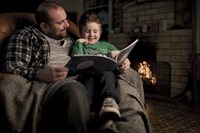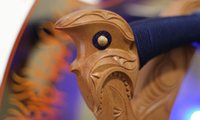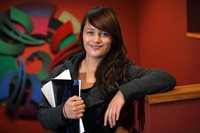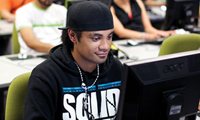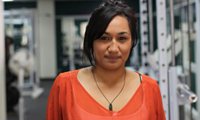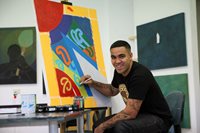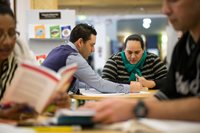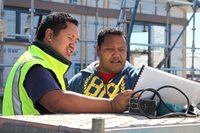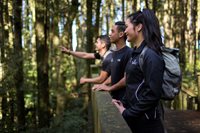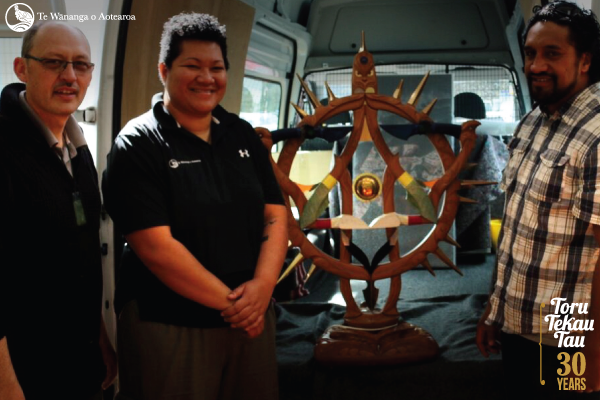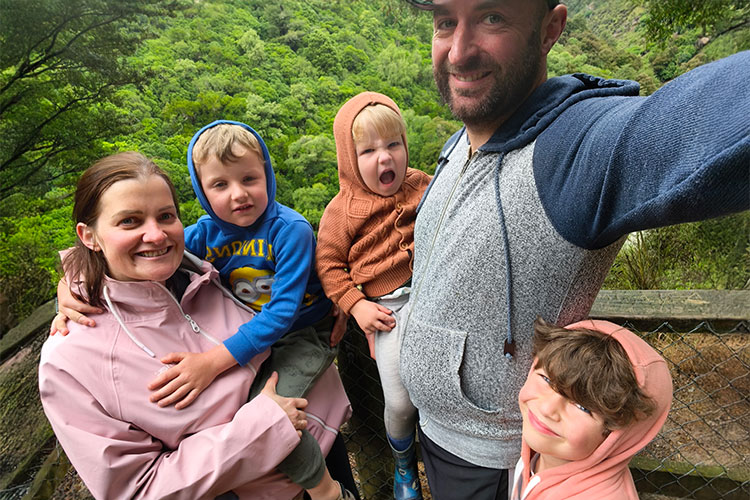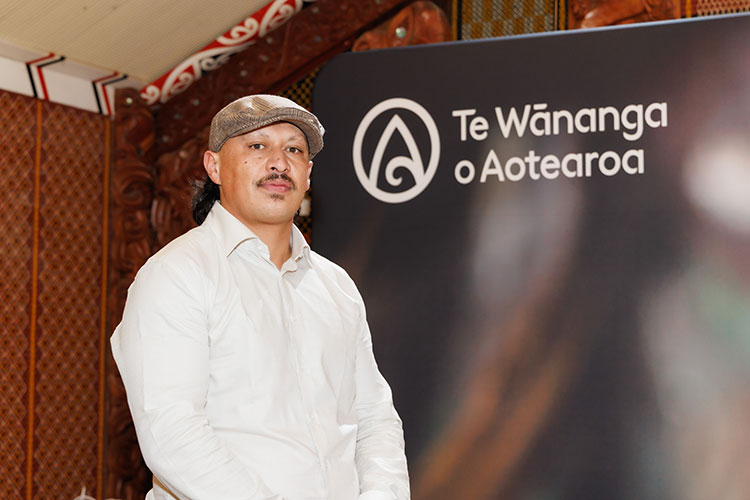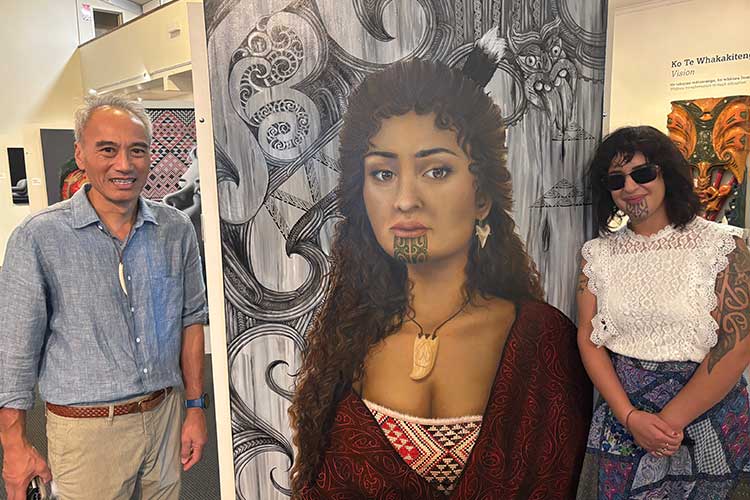From left to right: Pouako Rauangi Chris Bryant, Poutiaki Toi curator Margaret Aull and Quintin Tunoho
There’s a saying that Te Wānanga o Aotearoa was built out of wood.
Now the second largest tertiary provider in New Zealand, Te Wānanga o Aotearoa has never forgotten its humble beginnings as the Waipā Kōkiri Arts Centre.
These days Te Wānanga o Aotearoa offers a diverse range of courses and programmes to more than 30,000 tauira but what could be overlooked is how the arts – specifically whakairo, tukutuku and raranga – are essentially the foundation of Te Wānanga o Aotearoa.
An exhibition, Te Kāhui Maunga Kura Toi, which details the history of Te Wānanga o Aotearoa from its genesis in the mid-1980s to today, opens on September 11 in Hastings.
The exhibition’s curator Pouako Rauangi Chris Bryant said Te Kāhui Maunga Kura Toi was about the different generations who have provided the visual whakapapa of Te Wānanga o Aotearoa.
“We have master weavers and master carvers - people like Digger(ess) Te Kanawa, Paki Harrison and Sandy Adsett and the show reflects that kind of senior generation, the Buck Nin types of people.”
“But you can also see the other generations coming through. We have the staff involved and that is part of their rangahau and we have asked for their graduates from Te Maunga Kura Toi students from level 5 to 7.”
“So the show is really reflecting 50 artists of different generations who are geographically spread throughout the wānanga.”
Te Wānanga o Aotearoa Poutiaki Toi curator Margaret Aull said Māori art – whakairo, raranga and tukutuku – were essentially what helped to establish Te Wānanga o Aotearoa.
“During the late 1980s and early 1990s, the wānanga was said to have contributed to over 100 marae through our artists providing whakairo, tukutuku and raranga,” she said.
“The saying goes that the wānanga was built out of wood. Our art provided the financial backbone to the wānanga. They would receive contracts to build marae for its communities”
“Our art was the vehicle, the tool and the language to educate our people.”
The exhibition will display works including multimedia art from private collections.
It also features prized taonga, including korowai from Diggeress Te Kanawa, paintings by Buck Nin and Toki Putangata – the toki carved of whalebone and pounamu by master carver Dr Paki Harrison, that was used for the opening of Otawhao Marae in 1985.
“The exhibition is an opportunity to celebrate these key figures to Te Wānanga o Aotearoa,” said Margaret.
“They were national icons in their own right.”
Te Kāhui Maunga Kura Toi – Māori Art from Te Wānanga o Aoteroa – runs until November 22 at the Hastings City Art Gallery.

